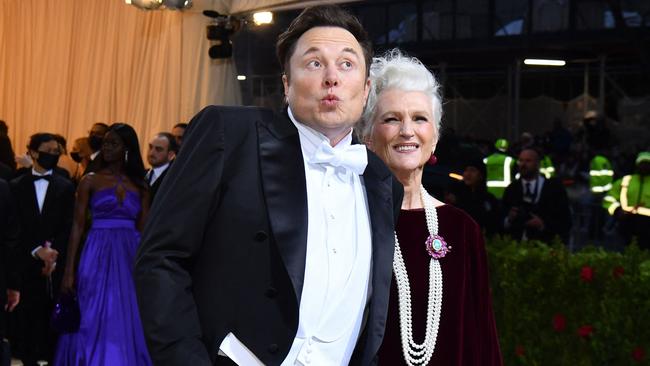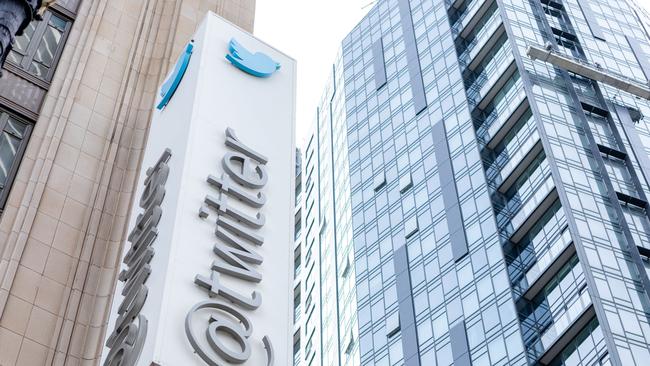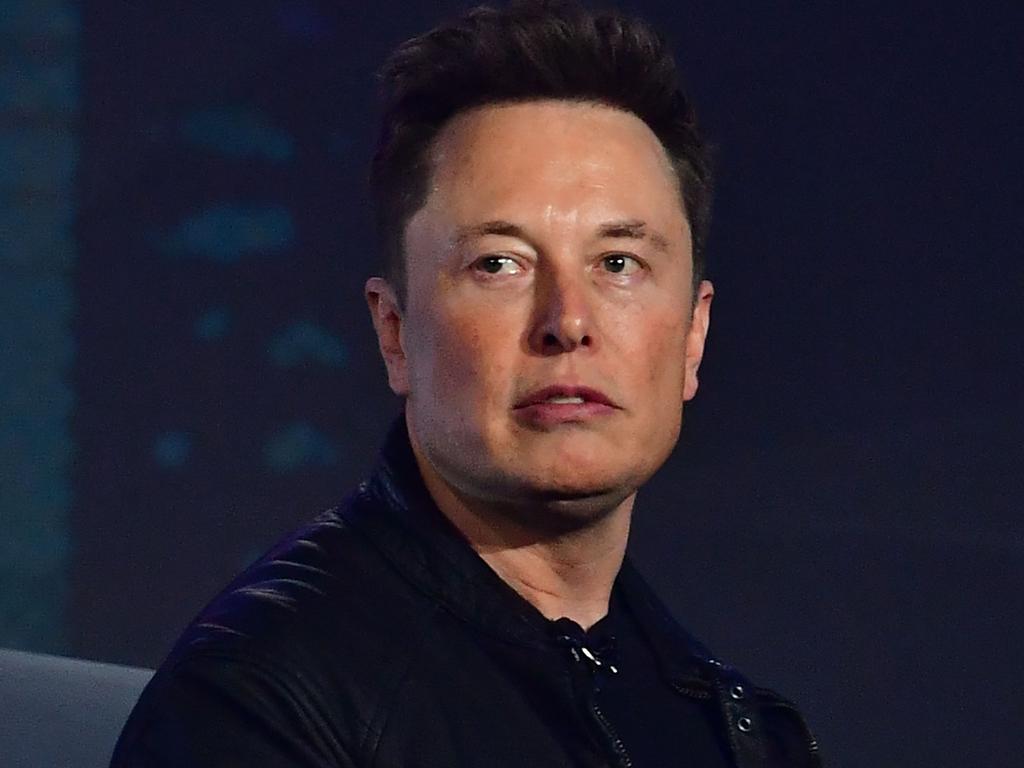Why Elon Musk’s quest to revive Twitter is likely to fail
The entrepreneur is treating Twitter like a startup. But it’s a mature company with a lot to lose if he moves too fast and breaks too many things at once.

Elon Musk is treating Twitter like a startup. The thing about startups is, most of them fail.
At Twitter, as is typical at tech startups, Mr. Musk is making or has promised to make a great many changes quickly. This makes a lot of sense when a company is small and burning investor cash. Few operators in tech are as familiar with this well-worn playbook as Mr. Musk, who is almost unrivaled among entrepreneurs in the total market value of all the companies he has helmed or helped found — including SpaceX, Tesla and PayPal.
But Twitter isn’t a startup, it’s a mature company with a lot that Mr. Musk could squander if he moves too quickly and breaks too many things at once. Twitter has thousands of employees, even after the company announced significant layoffs on Friday, a mountain of code with all the technical debt that implies, about $5 billion in annual revenue, and nearly 240 million daily active users with strong opinions about the service. Also unlike a startup, it has more than $1 billion in annual debt payments, on top of other expenses, thanks to the money Mr. Musk borrowed to help fund his takeover.
Twitter is already threatened with what could become an existential crisis, as Mr. Musk tweeted Friday that the company has suffered “a massive drop in revenue” as advertisers pause their spending on the site, weary of what Mr. Musk will do next and how it could reflect on them.
While Mr. Musk has in the past accomplished what many deemed impossible, Twitter is a completely different sort of challenge than he has dealt with before. His often-touted “first principles” thinking is great for creating new physical products. But he has demonstrated something like the opposite of a talent for the extremely tricky diplomacy required to run a social network, where a leader must balance the needs and desires of advertisers and users, not to mention regulators and politicians. All this, while overseeing what amount to editorial decisions about what content is and isn’t allowed.
Mark Zuckerberg has compared the experience of running a giant social network to waking up every day and ” getting punched in the stomach.” In his typically jovial and combative style, Mr. Musk’s response to that reality has been to punch back — on Twitter. His actions are spooking advertisers, who correctly recognize that the behavior of the head of a social network is an implicit model of how everyone else on the site is allowed to behave.
The bull case for Twitter under Mr. Musk, which isn’t easily dismissed, starts with the judgment that the company has long punched under its weight — a popular platform whose true potential has been stifled by uninspired leadership, moribund innovation, and the way public ownership focuses attention on quarterly results. Mr. Musk, his backers believe, offers just the right kind of outside-the-box thinking and willingness to experiment that can unlock Twitter’s potential, making it a more valuable tool to more people.

Mr. Musk’s vision for Twitter has drawn the financial support of a string of big banks that lent him $13 billion, and a group of big-name investors who committed another $7 billion in equity. “As we looked at the opportunity, there are just many things that can be improved in the way that Twitter serves its users, whether that’s in the product itself, or in the monetization model,” said Roelof Botha, the head of Sequoia Capital, the storied venture firm that committed $800 million to Mr. Musk’s takeover.
Outside developers who have worked with Twitter for years also believe the company could significantly increase its revenue, if its new leaders are thoughtful about what new products and opportunities they pursue. Tracy Chou, CEO of Block Party, a service that helps Twitter users filter their feeds, says that “It’s possible Twitter could quintuple in size and revenue, but they need to execute against that intelligently.” In a recent essay, Turner Novak, a venture capitalist who isn’t part of the Twitter deal, summarized the optimistic case for Twitter under Mr. Musk. But Mr. Novak also says that by the numbers, the deal seems to be not a very good one for Musk and his backers.
First, Musk-owned Twitter is starting in a deep financial hole. The billionaire agreed on a price in April amid a tech-market rout that has only worsened since, especially for social-media stocks. Rivals Meta Platforms, which owns Facebook, and Snap, which owns Snapchat, are currently valued around two-to-three times last year’s revenue. The $44 billion Mr. Musk paid for Twitter amounts to nearly nine times its 2021 sales.
And the interest on the debt to finance the takeover will make it harder to turn a profit -- something Twitter has long struggled to do consistently -- that might justify a lofty price.
On top of that, given how crowded the social media space is already, it’s not clear anyone, even Elon Musk, can turn Twitter into a company that grows quickly -- or at all. The bear case for Twitter is, therefore, that “Twitter is sort of a stagnant and troubled business that just took on a ton of debt,” says Mr. Novak.
Of course, “troubled business that just took on a ton of debt” could also describe Tesla and SpaceX at various points in the past. Those companies and Twitter are all “tech” companies in that they all require a lot of programmers and code. But social networks are only nominally in the same business-school case study universe as companies that build rockets or cars. And Mr. Musk’s prior successes were largely about wrestling with immutable laws of physics and materials science, while running a social network is about managing humans, whose behavior is infinitely more complicated and difficult to predict.

Take content moderation, something Mr. Musk was vocal about changing at Twitter, in favor of looser rules. In his first week or so at the helm, Mr. Musk already has been confronting the complexities of this issue. In the face of backlash from advertisers and various advocacy organizations, some of Mr. Musk’s most recent comments suggest he won’t be changing as much about content moderation at Twitter as he had once promised.
What about Mr. Musk’s more long-term and audacious plans for Twitter? He has said that he wants to turn it into X, the “everything app.” To most people in tech, this is known as a “super app,” such as WeChat in China. I have written about whether a super app could succeed in the West. To summarize: The odds aren’t great, for the simple reason that many of the functions -- communications, shopping, payments -- are already quite capably handled by countless other apps and their behemoth backers.
In the meantime, Mr. Musk has hinted at preliminary plans to create a new subscription service for Twitter. Mr. Musk has also tweeted about possibly reviving, in some form, Twitter’s defunct short-form video product, Vine, which pioneered the genre but which Twitter’s leaders killed off in 2016. Given that TikTok has since used a similar format to become a globe-spanning social media titan, and that many of the most popular tweets are just reposts of TikTok videos, adding this medium to Twitter is a logical thing to try.
Even if these ambitious plans work, it’s hard to see them making much difference to Twitter’s bottom line. If, say, 1% of Twitter’s approximately 240 million current daily active users were to opt for this subscription service, that’s $230 million a year in revenue. That’s less than 5% of Twitter’s $5 billion in 2021 revenue, about 90% of which came from advertising.
In a best-case scenario, if Twitter were to leverage new products to quadruple its user base to about a billion daily active users -- something Mr. Musk has said was his goal, in a leaked slide deck on his plans for the company -- and 5% of those users were to opt for such a service, it would mean $4.8 billion a year in revenue. That could be a big bump for Twitter. But it’s worth noting that the history of asking people to pay for access to social networks has seen many attempts, and no company has achieved anywhere near this scale.
As he does all this, Mr. Musk must balance the risk of alienating current users faster than he attracts new ones. The past week has seen prominent users of the site, including many celebrities, declare they have or will abandon it.
It’s possible Twitter’s current user numbers and levels of engagement have both peaked. In which case, Twitter’s high water mark was an unintended consequence of years of stasis in the product. Through its steadfast refusal to attempt to keep up with the times, in the form of new mediums like video, Twitter managed to remain the lowest-effort, highest-impact place for politicians, media types, and anyone seeking a megaphone to reach the biggest audience possible.
In April, at a TED conference, Mr. Musk said of Twitter that “This is not a way to sort of make money. My strong intuitive sense is that having a public platform that is maximally trusted and broadly inclusive is extremely important to the future of civilization. I don’t care about the economics at all.” In May, after the value of Tesla dropped 29% and a broader stock market selloff of tech companies had begun, Mr. Musk tweeted that the deal for Twitter was “on hold.” By July, he officially sought to get out of it. Mr. Musk has always insisted this was about Twitter not being truthful about the number of fake and spam accounts on the service.
But it’s hard not to conclude that after extensive discussions with leaders at the company, Mr. Musk himself finally woke up to the present and future economics of Twitter -- and didn’t like what he saw.
The Wall Street Journal





